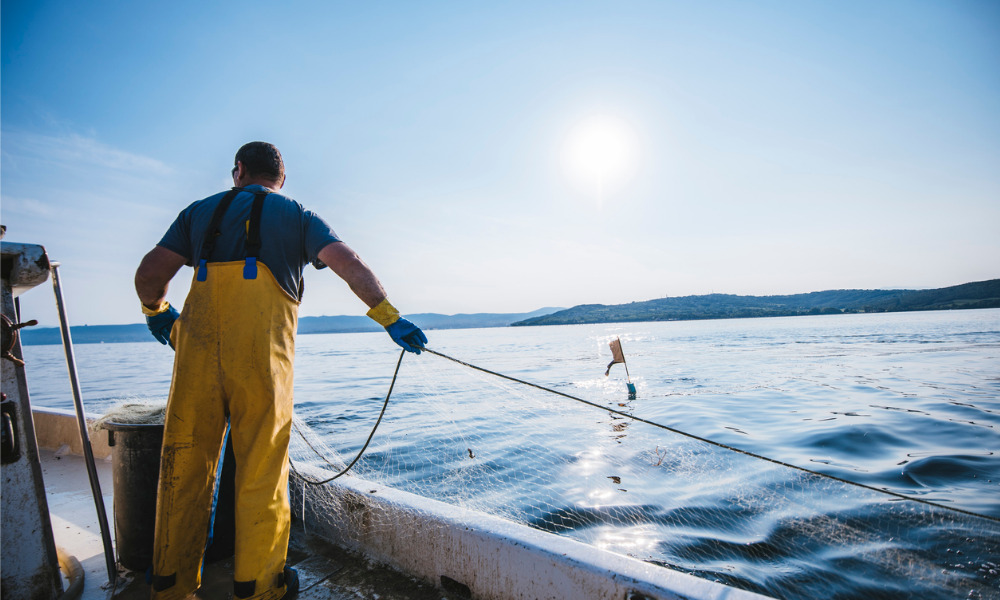TSB wants Department of Fisheries and Oceans to require all commercial fishing vessels to have a current and accurate Transport Canada registration

The Transportation Safety Board of Canada (TSB) wants the Department of Fisheries and Oceans to require all commercial fishing vessels to have a current and accurate Transport Canada registration.
"Vessel registration gives Transport Canada the opportunity to provide safety oversight and guidance to fishing vessel owners,” said Kathy Fox, chair of the TSB.
"This recommendation is meant to push for improved coordination between the two primary federal departments that interact with the commercial fishing sector. Their combined efforts can work to increase the awareness and compliance with safety requirements among all commercial fish harvesters."
The recommendation is part of the recently published TSB report (M20A0160) into the 2020 sinking and loss of life involving the fishing vessel Sarah Anne in Placentia Bay, NL.
On May 25, 2020, shortly after midnight (NDT), the fishing vessel departed St. Lawrence, Newfoundland and Labrador, with four people on board to fish snow crab in Placentia Bay. At 7:45pm local time, the vessel was reported overdue and search and rescue resources were deployed. There were no survivors and the vessel was never found.
The vessel likely capsized suddenly, resulting in all crew members entering the water unexpectedly, before they had the chance to put on lifejackets, personal flotation devices or immersion suits, deploy the life raft, or make a distress call, the investigation found.
“Without critical pieces of lifesaving equipment, the crew would have remained in the cold water, likely unassisted, and drowned,” said TSB.
Fishing has long been seen as one of Canada’s most dangerous occupations, according to a previous report.
Also, the fishing vessel did not have a formal stability assessment, and there was no information available regarding its stability.
“Without this critical information, the crew made operating decisions without knowing the vessel's actual safe operating limits,” said TSB. “This may have negatively affected the vessel's stability and led to it capsizing and sinking. The voyage of the Sarah Anne was not actively monitored by any external system and no distress signal was received. This resulted in a delay of several hours in the search and rescue response, severely reducing the crew's chances of survival.”
This investigation highlighted a number of systemic factors, including vessel modifications and their impact on stability; the lack of, or failure to use, lifesaving equipment, such as personal flotation devices (PFDs), immersion suits, and emergency signaling devices; and inadequate regulatory oversight.
“Safety is a shared responsibility. Regulators, vessel owners, and fish harvesters each must take ownership of safety to reduce accidents and preventable loss of life,” according to TSB.
Vessel owners can have their vessels assessed for stability, and equip them with the proper lifesaving equipment to survive a sudden capsizing, it said.
Meanwhile, crew members aboard fishing vessels can greatly increase their likelihood of survival by carrying a personal locator beacon, to signal for help to get out of the water as soon as possible, and by wearing a PFD to remain afloat until help arrives.
In February, a fishing disaster off Newfoundland sank a Spanish fishing ship and claimed the lives of 10 people. In December 2021, one man died and one was injured after a scallop vessel capsized near Harbour Breton, N.L.





